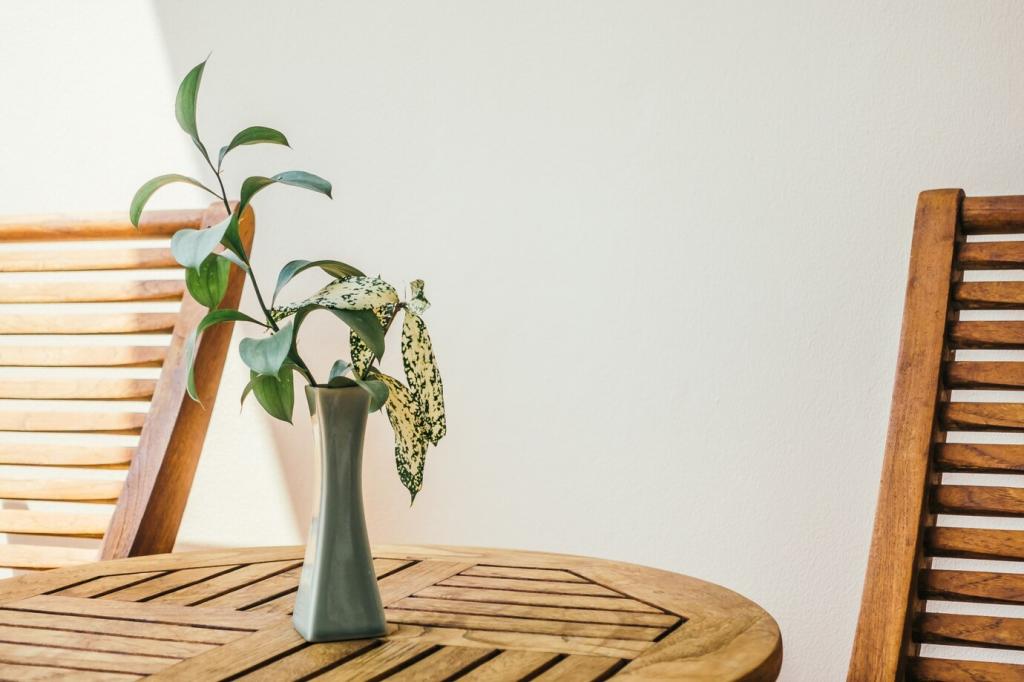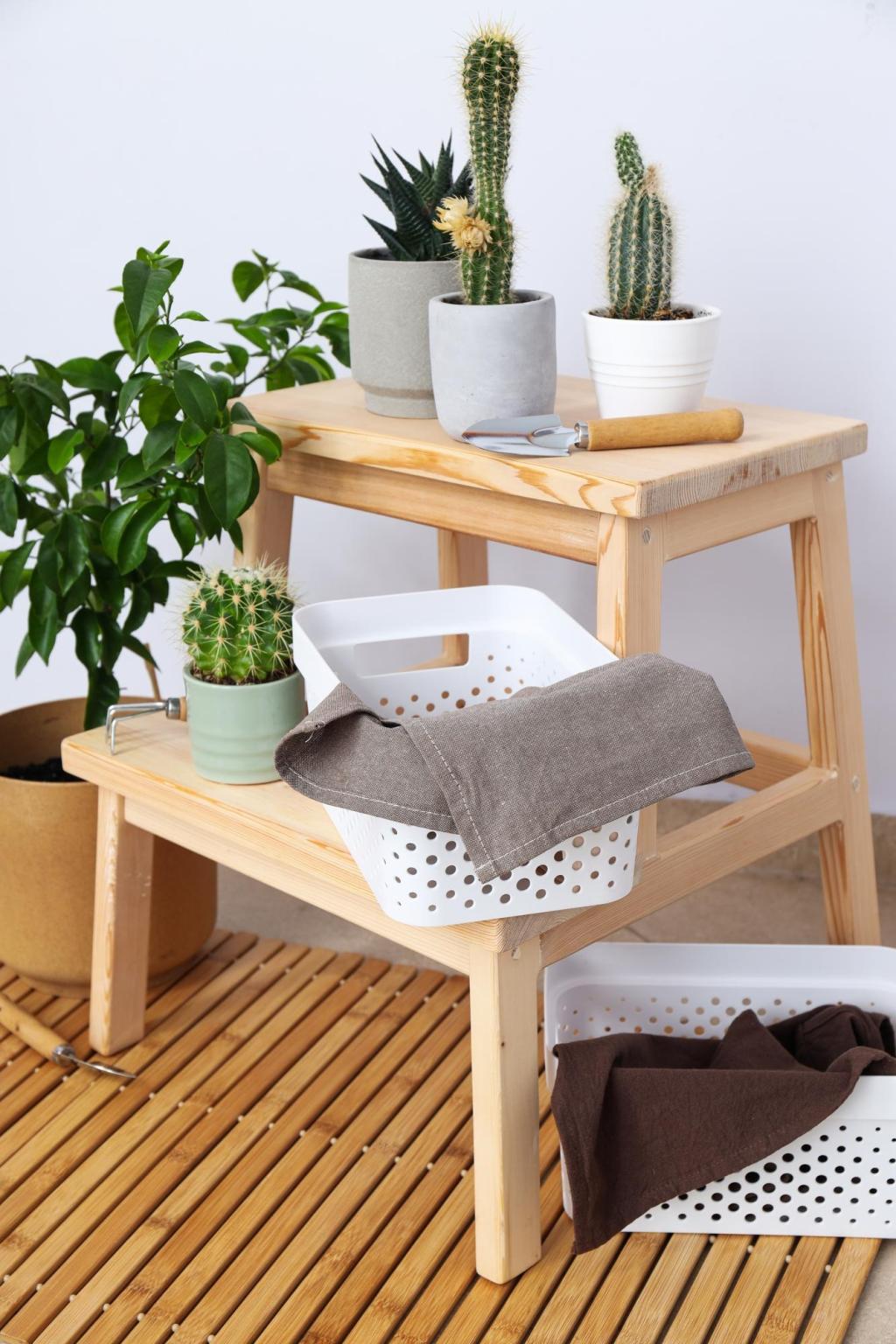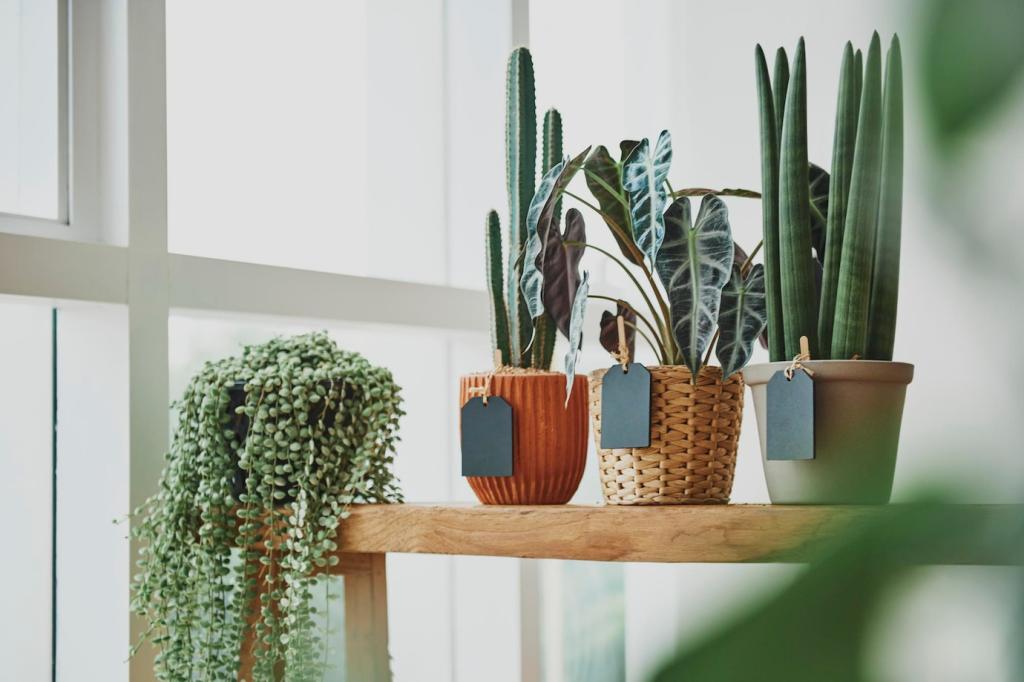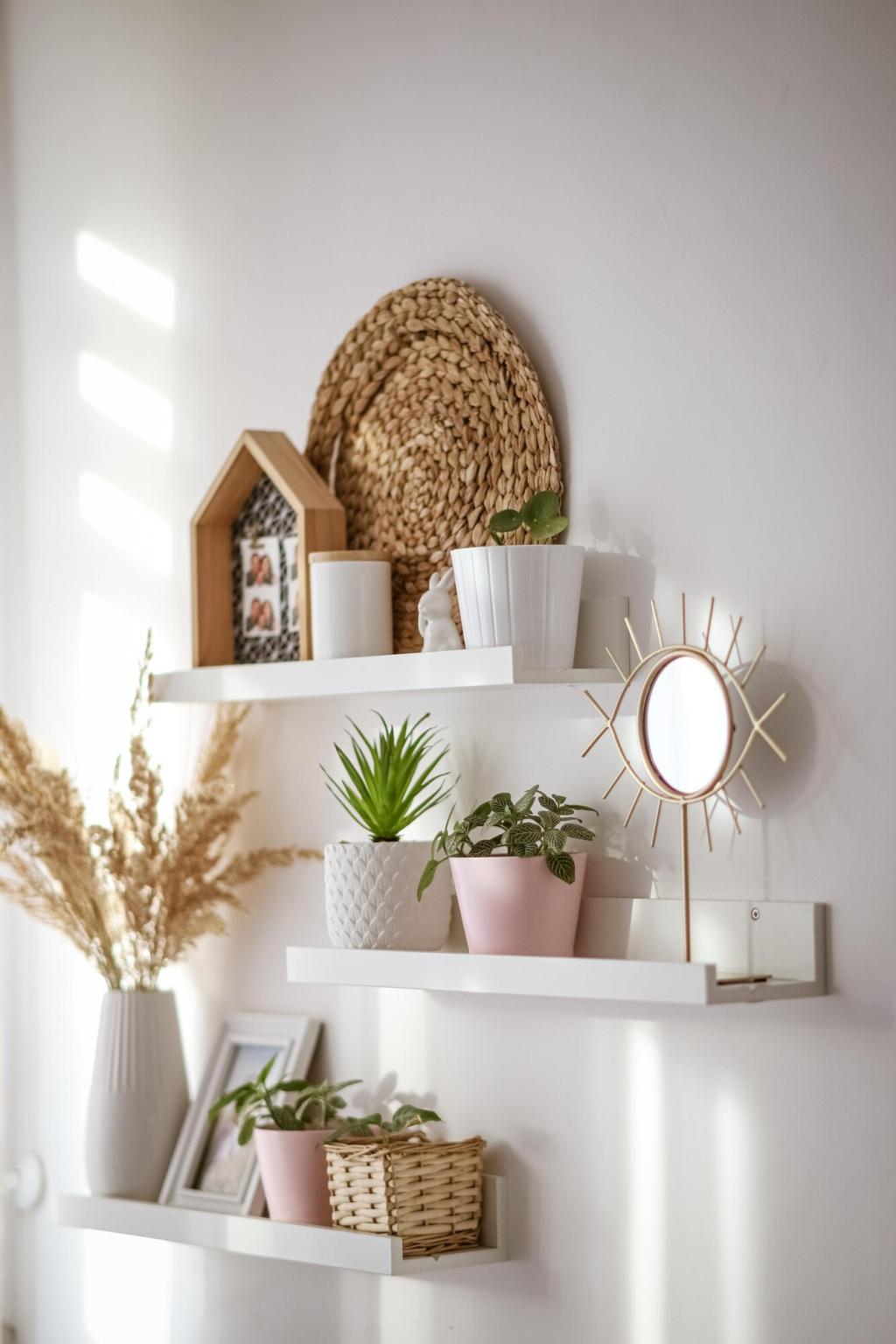
Sustainable Materials in Interior Design: Beauty with a Conscience
Theme of this edition: Sustainable Materials in Interior Design. Step inside a world where every surface, texture, and color choice supports healthier homes, lighter footprints, and enduring style. Join us, subscribe, and help shape spaces that tell responsible, lasting stories.
What Makes a Material Sustainable?
Lifecycle and Embodied Carbon
Sustainability starts with lifecycle thinking, from extraction to disposal, and the embodied carbon measured in kilograms of CO2e. Long‑lasting, repairable materials reduce replacements and trucking. Track approximate footprints, choose wisely, and tell us which swaps helped you cut emissions most.


Reclaimed and Responsibly Sourced Wood
Reclaimed beams, with nail holes and weathered grain, add character and reduce demand for virgin timber. One reader’s kitchen island from barn wood became a conversation piece for decades. Seek FSC chain‑of‑custody suppliers and stabilize moisture content before installation for enduring performance.

Cork and Bamboo Underfoot
Cork is harvested without felling the tree, offering acoustic softness and natural thermal comfort. Bamboo grows rapidly, yet quality varies by adhesive and processing. Choose low‑VOC products, verify emissions, and tell us which rooms you would revamp with these resilient, renewable floors.

Stone with a Smaller Footprint
Select local or regional stone to cut transport emissions, and favor honed finishes that hide wear. Salvaged slabs from remnant yards can look bespoke at lower impact. Seal wisely, maintain simply, and share your favorite stone plus the story behind where it was sourced.

Recycled and Upcycled Innovations
Upholstery made from recycled PET turns plastic bottles into durable, stain‑resistant fabrics. Choose solution‑dyed yarns for colorfastness and reduced water use. Balance microfiber concerns by limiting unnecessary washing. Tell us your favorite recycled textile brands and subscribe for our maintenance cheat sheet.
Recycled and Upcycled Innovations
Countertops with post‑consumer glass sparkle like confetti, while terrazzo binds recycled aggregates into timeless patterns. Recycled paper composites deliver a matte, warm feel. Compare sealing and heat performance before buying. Have you lived with these materials? Share real‑life pros, cons, and cleaning tips.
Look for low‑VOC paints under 50 g/L and adhesives tested under California 01350 or equivalent standards. Waterborne finishes reduce harsh odors without sacrificing durability. Ventilate well during curing, and keep a simple airing routine. Subscribe to receive our printable low‑emission product checklist.
Healthy Indoor Air
Opt for MDF and plywood that meet CARB Phase 2 or TSCA Title VI, or select NAUF and no‑added‑formaldehyde options. Wheatboard and soy‑based resins offer alternatives. If you have a dependable brand, drop it in the comments to help others build healthier joinery.
Healthy Indoor Air
Circular Furniture and Fixtures
Select modular cabinets with replaceable fronts, office partitions that reconfigure, and brands publishing Environmental Product Declarations. Some manufacturers offer take‑back or refurbishment credits to close the loop. Comment if you have used such programs, and subscribe for our directory of circular suppliers.


Circular Furniture and Fixtures
Working with local makers cuts transport emissions and builds relationships for repairs. A beloved dining chair reupholstered twice often outlives trendy replacements, lowering cost per year. Share your favorite craftsperson and the piece you plan to service rather than scrap this season.
Budget, Beauty, and Measurable Impact
01
Prioritizing the Big Wins
Target high‑impact areas first: floors that cover the largest surface, wall paints that contact every room, and lighting that runs daily. Choose sustainable swaps you can actually maintain. Comment with your top three priorities, and we will share a tailored starter plan.
02
Calculating Total Cost of Ownership
Consider TCO: purchase, maintenance, energy, and end‑of‑life. A durable countertop that avoids replacement can beat a cheaper option over ten years. Track warranties, refinish cycles, and resale value. Want our TCO template? Subscribe and we will send the spreadsheet to your inbox.
03
Tracking and Celebrating Progress
Set simple KPIs: recycled content used, VOC limits met, and kilograms of waste diverted. Capture before‑and‑after photos, label materials, and log dates. Post your wins with a short story in the comments, and inspire others to take their next sustainable step today.
